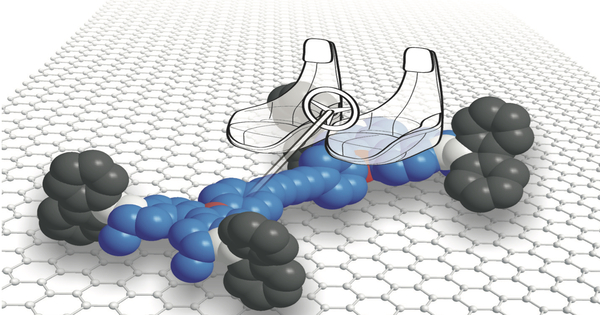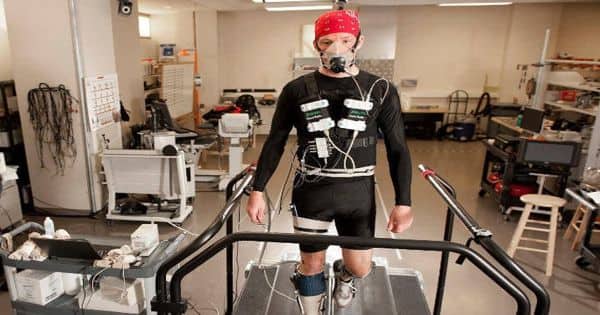Molecular machines are artificial or natural structures made up of individual molecules or molecular components. These are a type of molecule that is typically described as an assembly of a discrete number of molecular components designed to produce mechanical movements in response to specific stimuli, similar to macromolecular devices like switches and motors. Natural or biological molecular machines are in charge of vital living processes like DNA replication and ATP synthesis. Kinesins and ribosomes are examples of molecular machines, which are frequently multi-protein complexes. These machines perform mechanical functions at the molecular level, manipulating and controlling the movement of atoms or molecules in order to accomplish specific tasks.
Natural and synthetic molecular machines are the two broad categories of molecular machines. Natural molecular machines can be found in living organisms and play important roles in a variety of biological processes. Motor proteins like myosin and kinesin, for example, are in charge of muscle contraction and intracellular transport, respectively. Another well-known molecular machine found in mitochondria is ATP synthase, which produces adenosine triphosphate (ATP), the primary energy currency of cells.
Scientists have attempted, with varying degrees of success, to miniaturize machines found in the macroscopic world for several decades. The first artificial molecular machine (AMM) was described in 1994, and it consisted of a rotaxane with a ring and two different possible binding sites.
Scientists, on the other hand, design and build synthetic molecular machines to mimic the functionality of natural molecular machines or to perform entirely new functions. Individual molecules or supramolecular assemblies are typically used to construct these machines, which are carefully engineered to have specific structural and dynamic properties. External stimuli such as light, temperature, or chemical signals can be used to control synthetic molecular machines.
Jean-Pierre Sauvage, Sir J. Fraser Stoddart, and Bernard L. Feringa were awarded the Nobel Prize in Chemistry in 2016 for their work on the design and synthesis of molecular machines. The development of the first synthetic molecular motor by Nobel laureate Sir Fraser Stoddart and his team in 2016 is one notable achievement in the field of molecular machines. A rotaxane, a molecular assembly with a ring-shaped molecule that can move along an axle, was used to power this motor. By applying energy in the form of light or heat, the ring could be made to rotate unidirectionally around the axle.
The development of molecular machines has opened up new possibilities in a variety of scientific and technological fields. Molecular machines are being investigated in nanotechnology for applications in molecular electronics, where they can act as switches or transistors at the atomic level. They also hold promise in drug delivery systems, as they can navigate the body and deliver medication to specific targets with pinpoint accuracy.
















